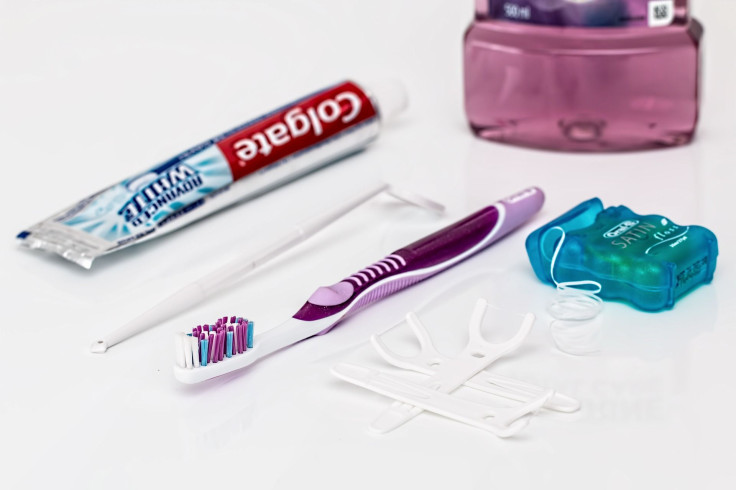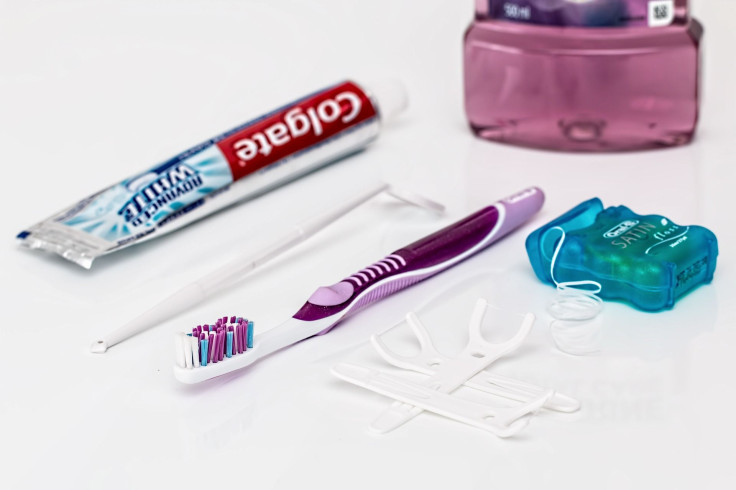One-Third Of Americans Don’t Floss; How It Puts You In Danger Of Tooth Decay And Gum Disease

Flossing your teeth on a daily basis is key to cavity prevention, but too many Americans skip this step, according to data collected from the National Health and Nutrition Examination Survey. The study’s findings, presented at the 65th Annual Epidemic Intelligence Service Conference, reveal roughly a third of the American adult population never flosses.
For the study, 9,000 adults aged 30 and older were asked how many times they had flossed in the previous week. The researchers found that while 37.3 percent of adults reported flossing, only 30.3 percent did it on a daily basis. The remaining 32.4 percent of the adults said they didn’t floss at all. The Centers for Disease Control and Prevention (CDC), which carried out the study, believes the findings indicate American adults need to be better informed about how flossing is key to cavity prevention and maintaining a healthy mouth.
"I think everything goes back to education," said the study’s author Dr. Duong Nguyen, an epidemic intelligence service officer at the CDC. "I think it's one of those things people don't know enough about. We are telling people to floss, but if we don't tell them why and what it prevents, that could be one of the barriers. We need to improve health practices and make sure people understand that something as easy as flossing can prevent a whole host of other dental issues for you as you age and grow up."

Flossing 101
Another survey conducted in 2015 found 53 percent of adults surveyed brushed before they flossed, and another 47 percent said they brushed only after they flossed. Who’s right?
According to the American Dental Association, there’s not a right or wrong time to floss, just so long as you do it at some point during the day. Pick a time when you have a few private minutes to make sure your teeth aren’t hoarding your lunch from earlier or your bedtime snack right as you go to sleep.
The number one reason people give for skipping out on flossing is that there isn’t enough time. Others say that they've already brushed their teeth, and that's enough to keep the plaque and decay at bay. But flossing is one of the most effective tools for removing the sticky film of bacteria that’s left behind after eating carbohydrates or sugar. If not removed, this bacteria begins to break down the tooth’s surface, leaving cavernous cavities. Often, brushing your teeth isn’t enough to remove it all. It’s especially important for children to practice flossing in order to build healthy habits and keep the teeth that grow in after they lose their baby teeth as healthy as possible.
Flossing should not be painful. If you find yourself in pain, it’s an indication that you’re flossing too hard, which could lead to tissue damage between your teeth. On the flipside, if you’re too gentle during flossing sessions you might not get all of the food and debris out from between your teeth. You may feel discomfort at first, but after a week or two your mouth becomes used to the floss.
There are all different types of floss to choose from, too. Not a fan of the string? Opt for floss with or without wax, or try a thicker or thinner floss to see if it suits you better. If still unsatisfied, you can always opt for the tiny brushes that reach deep between the teeth. Be sure to ask your dentist how to use them properly in order to avoid injuring the gums.



























